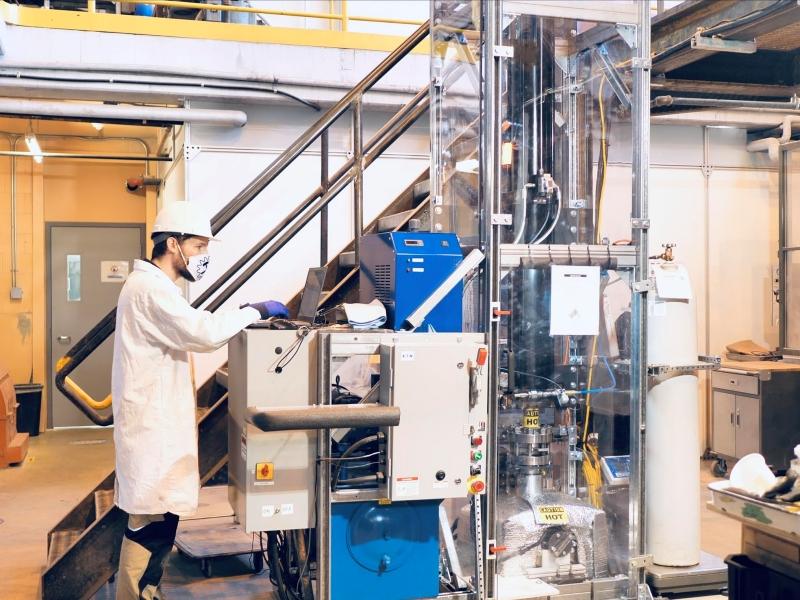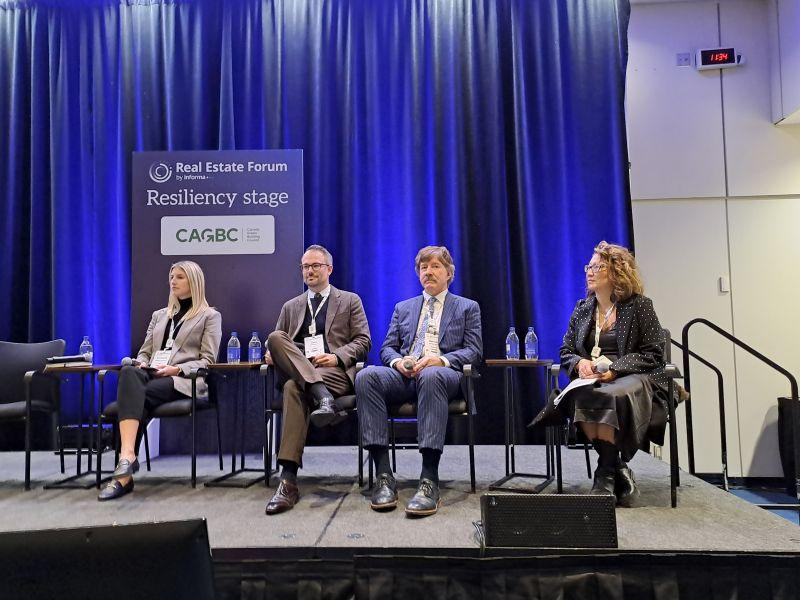 Battery X Metals Inc. (BATX-CN) is on the verge of introducing an electric vehicle (EV) battery life extension technology that could transform the used EV market, enabling car owners to have their existing batteries restored or replaced at competitive rates.
Battery X Metals Inc. (BATX-CN) is on the verge of introducing an electric vehicle (EV) battery life extension technology that could transform the used EV market, enabling car owners to have their existing batteries restored or replaced at competitive rates.
Following the Vancouver-based company's acquisition of the remaining 51 per cent of Li-ion Battery Renewable Technologies Inc. (LIBRT), Battery X has signalled its intention to become the leading player in an emerging market for battery diagnostics, recycling and rejuvenation.
By means of LIBRT's technology for "rebalancing" the cells within aging EV battery packs, Battery X aims to significantly boost the performance of these used batteries which are charging well below full capacity.
Over time, lithium-ion batteries lose capacity due to cell imbalances — whereby individual cells degrade at different rates –– causing the battery management system to kick in and limit performance according to the charging capacity of the weakest cell.
The launch of this rebalancing technology allows Battery X to address one of the primary life cycle issues facing EV owners –– battery degradation –– by redistributing charge among internal battery cells. This effectively restores EV batteries to potentially 80 to 90 per cent of their original capacity and extends their life span by an average of three years.
"Think of it like an oil change for an internal combustion engine," Massimo Bellini Bressi, CEO of Battery X Metals, said in an interview with Sustainable Biz Canada.
"Our rebalancing tech should be seen as not merely a one-time battery rejuvenation process, but a form of regular maintenance that can significantly extend the life of an EV battery . . . keeping more EV batteries out of landfills."
Market potential for coming waves of out-of-warranty EVs
Currently, when an EV battery degrades, the vehicle’s resale value plummets correspondingly, compelling owners to pay as much as $15,000 for a new replacement battery, to continue operating the vehicle with its reduced range per charge, or simply trade it in for a new model.
Should Battery X succeed in deploying its rebalancing technology on a wide scale, used EVs could see a resurgence in value, creating a viable secondary market akin to that of traditional internal combustion engine vehicles and further contributing to the sustainability of electric transportation.
"We are on the verge of something that can be revolutionary for the industry. Cars are in the street and they need to be serviced, and that process needs to be repeated every few years. And without going into policies or timelines dictated by governments, there will be a lot of cars that are getting out of warranty," Bellini Bressi explained.
"Approximately 3,000 Teslas come out of warranty every 90 days in the Vancouver area alone and there is no infrastructure in place today to service or repair that volume of vehicles. What happens to those batteries? They need servicing, rebalancing and eventually recycling. That’s the market we’re tapping into."
LIBRT represents new chapter in Battery X strategy
Once it completes the final phase of testing this spring, Battery X expects to begin rolling out the LIBRT diagnostic and rebalancing tech package to EV repair and servicing garages across British Columbia by early autumn.
A key hurdle is compatibility. The world's major EV manufacturers employ varying battery configurations. To address this, LIBRT is developing brand-specific adapters for major EV models, including Tesla, Nissan, Chevy and Toyota.
Battery X has already begun partnering with repair centres which service these popular brands as the first stage in an ambitious expansion plan.
The rebalancing technology is also applicable to a wide range of batteries found in different classes of EVs apart from the passenger sector, including excavating machinery, heavy trucks, transport vans, forklifts, tractors and passenger buses.
"We're developing our rebalancing tech to be adaptable to almost every vehicle in the market powered by batteries. We're looking at a big market for electric buses, particularly those operating in China, which are operating in dense urban areas.
"At the other end of the market spectrum, I've also had discussions with a golf club manager who has hundreds of golf carts using old-style lithium-ion batteries which is also another potential market for us. There are so many possibilities out there," Bellini Bressi said.
Beyond rebalancing: black mass graphite recovery
While Battery X hopes to make headlines with its rebalancing technology, the company is also making strides in its other business —graphite recovery — a critical component of battery recycling.
The company is currently in advanced stages of deploying a froth flotation process that extracts graphite from the black mass created from shredded batteries. This would constitute a low-carbon, eco-friendly alternative to traditional energy-intensive and highly polluting chemical processes.
This black mass contains essential minerals, including graphite, lithium, nickel and copper. By targeting known sources of these materials, Battery X aims to create a more sustainable and cost-effective supply chain for graphite and other battery components.
"We're actually trying to close the recycling circle. We like to call it 'urban mining' because essentially the goal is to go and look for minerals where we know we can find them rather than engage in expensive mining operations," Bellini Bressi said.
With China currently buying 60 to 65 per cent of the world’s black mass for its EV battery industry, Battery X is already engaged in discussions with Chinese battery manufacturers which collectively represent a massive potential customer base.
"Graphite is often neglected in traditional recycling methods, but it is heavily in demand today . . . we have the potential to position ourselves as a supplier of graphite that tops up the supply chain, besides allowing us to improve the recovery of other key battery-grade minerals, supporting a circular and sustainable battery economy,” Bellini Bressi explained.










